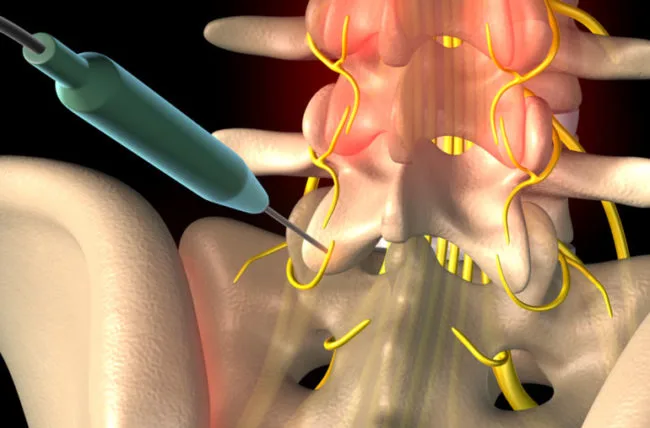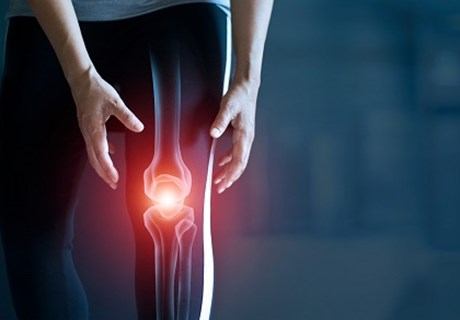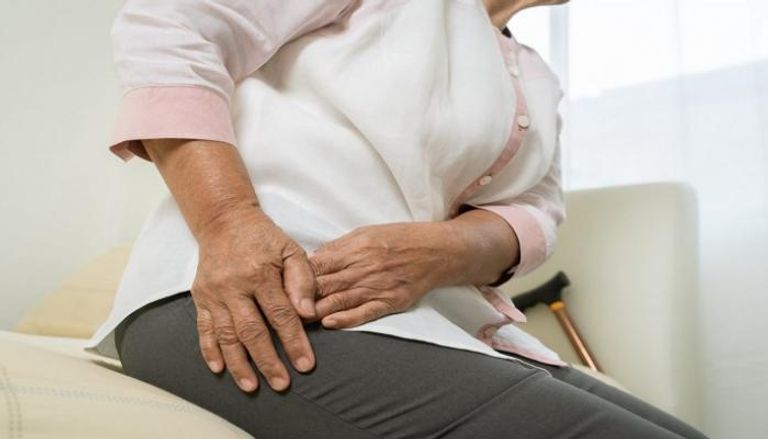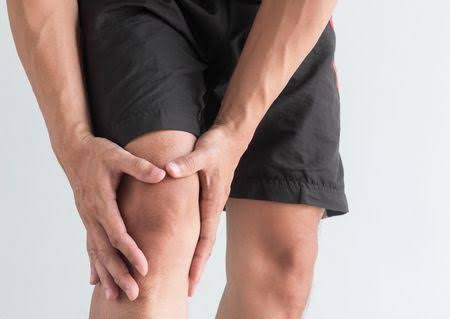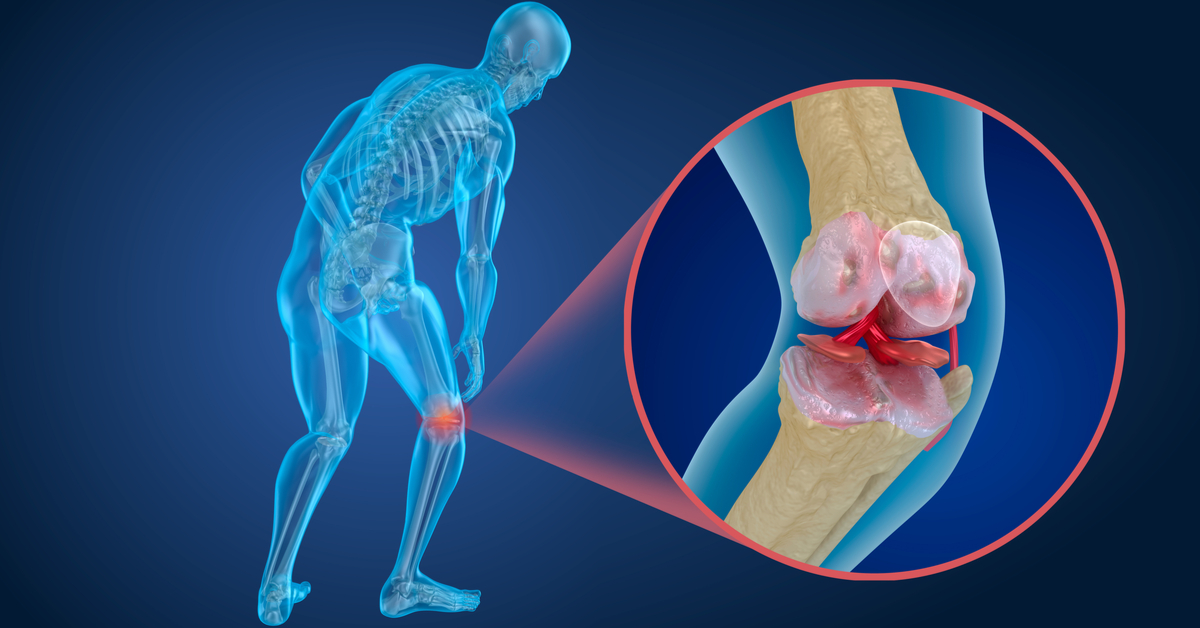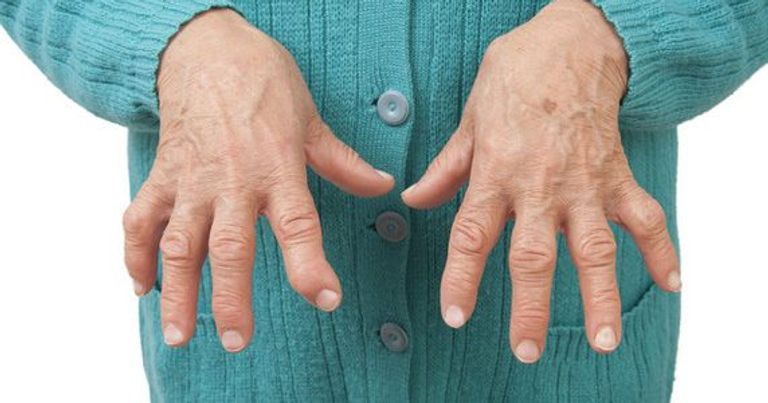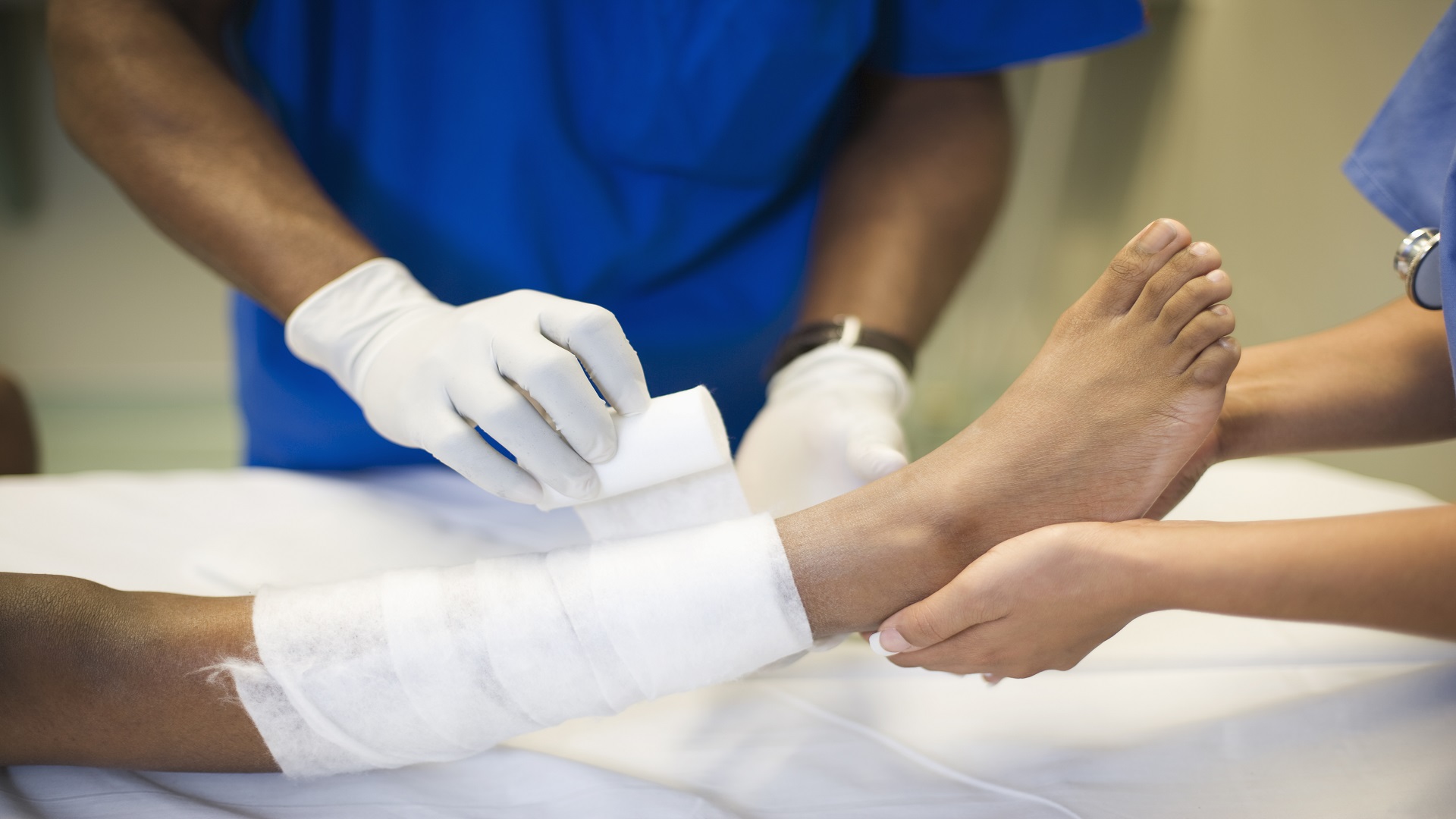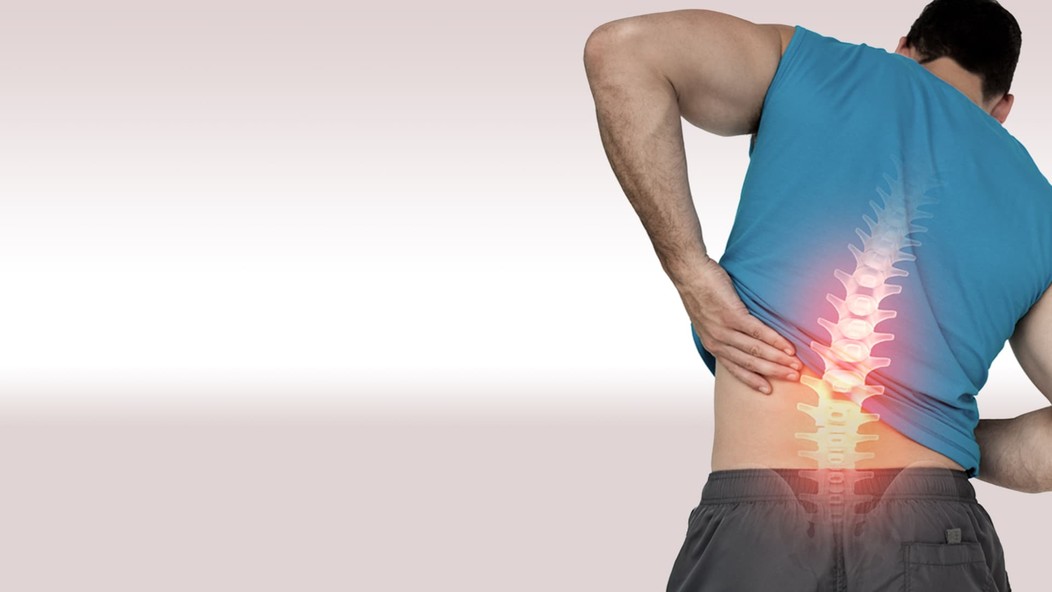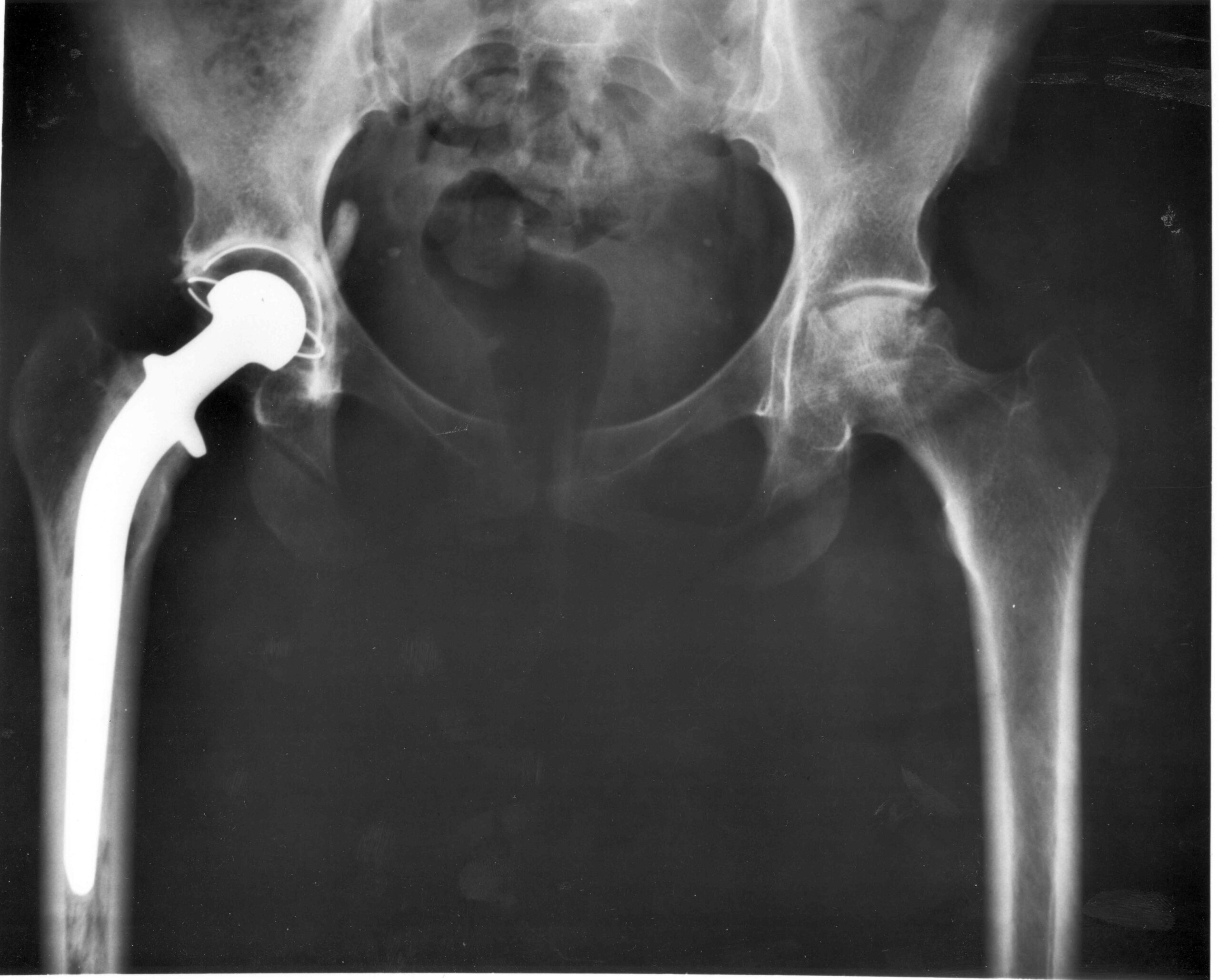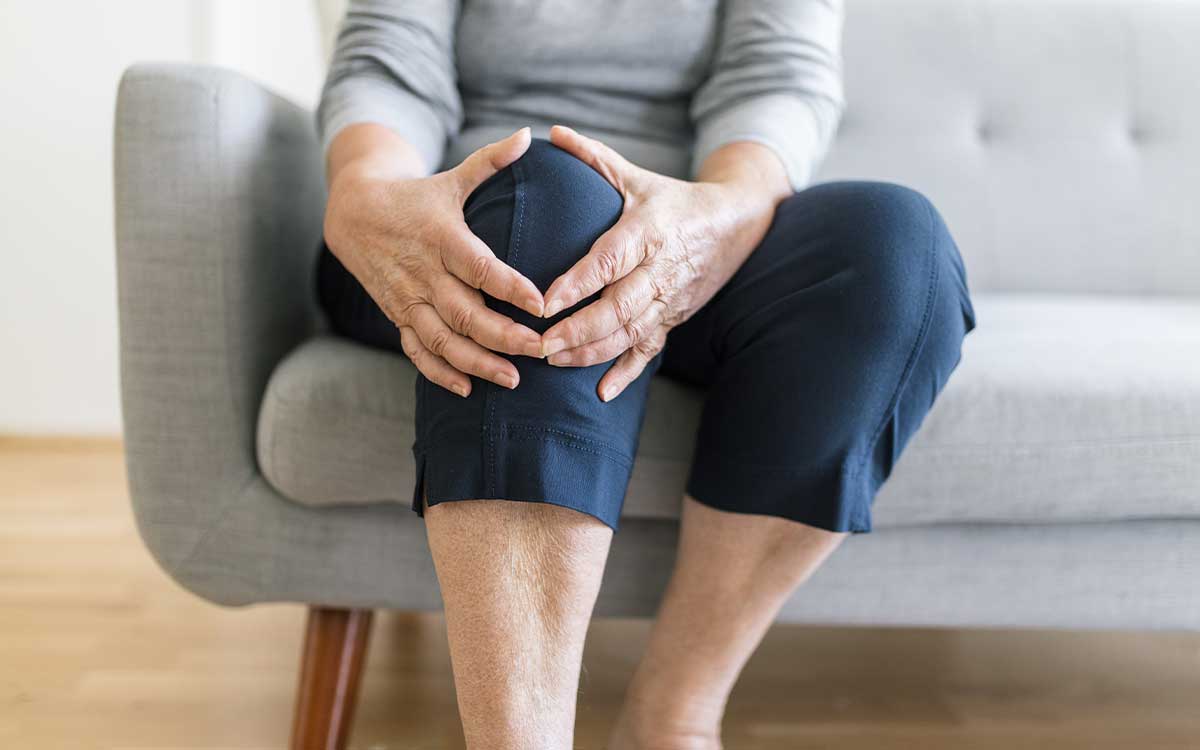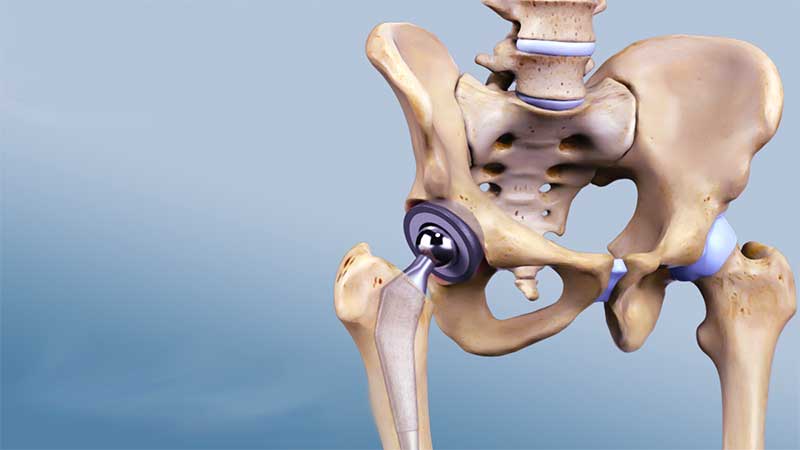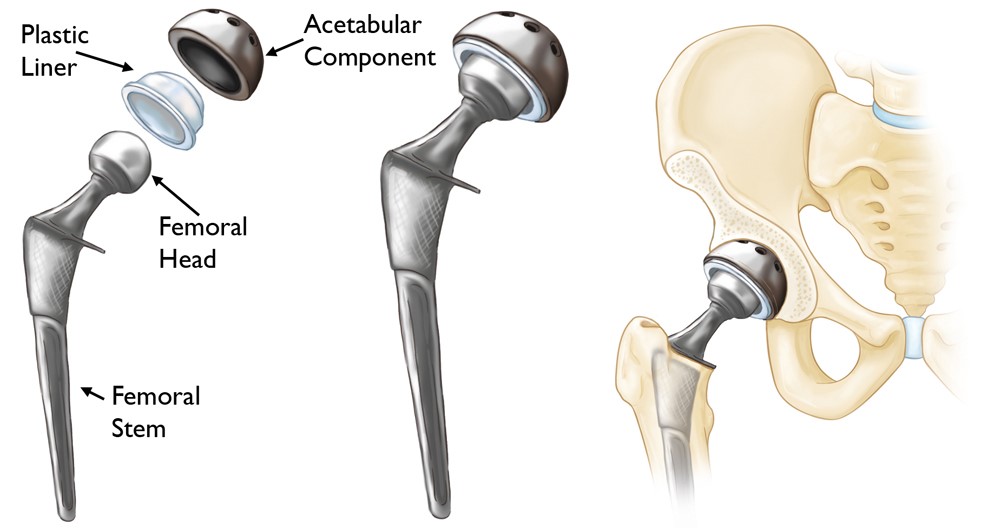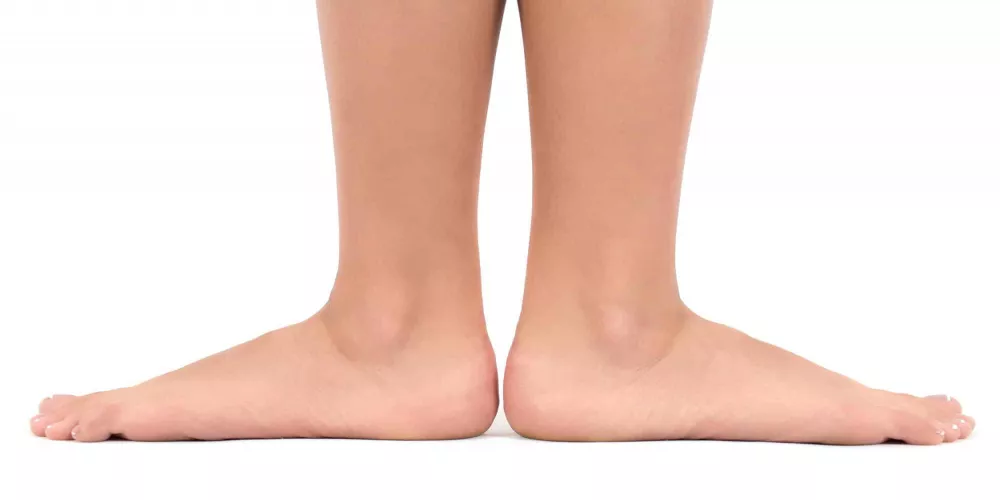The difference between gout and Heel spurs
Have you ever wondered about the difference between gout and spina bifida? Individuals may be exposed daily to many symptoms without knowing the truth of what they feel and neglecting themselves to a large extent until things escalate seriously. It is better for the problems that individuals suffer from to be recognized at the beginning and treated before they develop into difficult complications, especially gout, so let us read the following to know how to infer that it is infected.
The difference between gout and bone spurs
Gout and bone spurs both affect the foot, but despite this, they differ in symptoms very much, and many comparisons are made between each:
Definition
- Gout: It is classified as one of arthritis that causes a lot of pain, and this is a result of an increase in uric acid in the blood, which causes it to form crystals in the joints of the foot, especially the big toe or any of the other joints, and this causes severe swelling accompanied by pain.
- Bone spurs: a bony protrusion located on the underside of the heel of the foot, and this is due to the presence of calcium deposits causing the bump, which may extend from the bottom of the heel along the arch of the foot and can be seen on x-rays.
Symptoms
- Gout: Gout is concentrated in the joint of the big toe and spreads to small joints such as the knee, ankle, and extremities. Its attacks occur at intervals, sometimes intensifying unbearably, and last from days to weeks, then subside for a while and the attacks return, and these symptoms include:
- severe pain
- Swelling of the affected area.
- Severe inflammation in the joint accompanied by redness.
- After the pain ends, a state of joint discomfort prevails for a long time.
- With the progression of the disease in the long term, it becomes difficult to control the movement of the joint normally.
- Bone spurs: its symptoms do not appear in all cases, as many individuals can be infected without any symptoms appearing on them, and infection can be confirmed by conducting an x-ray, and its symptoms may be:
- Severe pain in the heel of the foot, especially when standing for long periods.
- The pain from the heel does not stop throughout the day, but remains present, albeit in a mild form.
- Infections and severe swelling in the heel.
- A sensation of high heat in the heel area.
- A bump at the bottom of the heel.
Causes and risk factors
- Gout: A person suffers from gout as a result of an increase in the proportion of uric acid in the joint, which causes severe inflammation accompanied by pain, and this may be the result of eating foods that contain purine, which stimulates an increase in uric acid, and purine is found in red meat, sardines, tuna, and drinks that are sweetened with fructose sugar.
Many factors also increase the risk of gout, as they increase uric acid in the blood, for example:
- Eat foods high in purine or sweetened with fructose.
- Excessive weight gain.
- Having heart problems.
- diabetes.
- Metabolic syndrome.
- A defect in kidney function.
- Some medicines, such as a diuretic.
- Bone spurs: The main cause of its infection is the stress of the ligaments and muscles, and this disease develops over time, in addition to exposure to repeated stress, wearing inappropriate shoes, the presence of sores in the joints, or infection with plantar fasciitis. How dangerous it is:
- Doing exercises on hard surfaces.
- age.
- Women are more susceptible to it than men.
- overweight.
- Reiter’s syndrome.
- Ankylosing spondylitis.
Treatment method
- Gout: The method of its treatment is divided into the presence of drugs that calm the symptoms and other drugs that work to reduce the level of uric acid in the blood, for example:
- Anti-inflammatories.
- colchicine
- cortisone.
- Allopurinol.
- febuxostat.
- Pegloticase.
- Probenecid.
- Bone spurs: Its treatment depends primarily on taking an appropriate amount of rest and changing wrong lifestyles, for example:
- Do some cold compresses.
- Cortisone injection.
- Some pain relievers that can be taken without consulting a doctor, such as Paracetamol and Ibuprofen.
- Physiotherapy and stretching exercises.
- If the disease is greatly exacerbated and none of the previous habits are affected, then surgical intervention is resorted to at that stage.
What is gout?
Gout is a type of highly complex arthritis that may affect anyone at any time, and this disease is known for its attacks being sudden and very strong and accompanied by severe swelling in the joints, inflammation, redness, and heat in the area.
Most likely, gout may affect the big toe, but it may also be present in many other joints such as the ankles, knees, elbows, wrists, and fingers of the hands.
Causes of gout
- Having a higher level of uric acid in the blood than normal.
- Fructose-sweetened drinks.
- Diabetes.
- Anemia.
- overweight.
- Some types of carcinomas.
- Eat foods that contain purines.
- Genetics plays a major role in the development of gout.
- Not drinking enough water.
- Hypertension.
- An increase in the number of red blood cells.
- A defect in the kidney system.
Food prohibited for gout patients
- Red meat.
- All animal organs such as the liver, kidneys, brain, and pancreas.
- Some marine fish such as tuna, herring, and salmon.
- Ready-made broth and soup.
- Alcohols.
- Drinks that are sweetened with fructose sugar.
- Soda.
- Asparagus.
Symptoms of gout in the metatarsal
Symptoms of gout in the metatarsal are very painful, as the attacks of gout are sudden, especially at night, and continue after that for many hours, and one gets tingling and severe pain in the metatarsal that makes him unable to practice the activities that he usually does normally.
This is most likely a result of doing some activities that depend on jumping and running, or wearing shoes that are not suitable for the individual, whether they are narrow or wide, and to alleviate these symptoms in the metatarsal it is preferable to wear shoes with shock absorbers or arch supports.
Gouty arthritis
This term is used with gout disease when it begins to turn into a chronic disease, as after some time has passed since the patient has gout, it becomes chronic and its symptoms intensify greatly, and the duration of the attacks increases than it was at the beginning.
This result is reached as a result of the patient’s negligence in his health and lack of interest in receiving appropriate treatment from the beginning, which causes damage to both the joints and the kidneys, and the symptoms of gouty arthritis accompany the patient most of the time and do not leave him in many cases, and reaching that stage can be diminished by receiving treatment appropriate from the start.
Do eggs increase gout?
When suffering from gout, doctors advise patients to avoid foods that contain proteins because they contain a high percentage of purines that stimulate the production of uric acid and raise its level in the blood. However, eggs can be eaten normally when suffering from gout without any complications.
This is due to the fact that eggs are among the protein foods that contain a small percentage of purines, unlike red meat, which contains high levels of them, and for this reason, a gout patient can rest assured and eat eggs without worry.
Does walking relieve gout?
Walking is very important for gout patients and is recommended by many doctors, and this is due to the many benefits that walking leads to and its significant relief from gout symptoms, among the benefits of walking for gout patients:
- It helps greatly in reducing the severity of pain.
- Improves strength and flexibility of severely injured joints.
- Relieves inflammation.
- It contributes to losing excess weight, which has a major factor in increasing gout.
- It protects the patient from developing gout complications in the long term.
The difference between gout and salts
There are many differences between gout and salts. Gout occurs as a result of the body’s inability to excrete purine, which causes an increase in the level of uric acid in the blood, and this leads to the formation of crystals in the joint of the foot, which results in severe pain and inflammation.
As for salts, people get sick as a result of a major problem in the kidneys, where they become unable to excrete and reabsorb mineral elements and salts naturally, which causes fluid retention in the body. In this case, it is preferable to be careful to avoid eating salty foods and follow a healthy diet.


